43 when should the medical assistant check the drug label
Writing the "Indications and Usage" Section of Labeling... FDA-approved labeling is the primary communication tool for providing information on the safe and effective use of drugs to the medical community. This draft guidance, when finalized, will assist ... 10 Rights of Medication Administration | New Health Advisor If you work in the medical field, always ask the patients name, check an ID band, and check the medication bottles to compare before giving a medication. 2. Right Medication When your doctor prescribes a medication, there will be a prescription label on the bottle. It isn't safe to just grab any bottle and take any pill.
How to Read Over-the-Counter and Prescription Drug Labels It tells you about any severe side effects or drug interactions that can occur and describes who should not use the drug. It tells you when to stop using the drug and when to consult your doctor and/or pharmacist. Directions. This section of the label tells you when, how and how often to take the drug.

When should the medical assistant check the drug label
When should the medical assistant check the drug label? | Quizlet Explanation. Medical assistants should check the label of the medication they are administering when they take it out of the locked area and compare it with the prescription, before pouring or taking the medication out of its container, and after pouring but before administering the medication. 6 Things Nurses Should Know if They Commit a Serious Medication Error The administration stage is the most vulnerable to error because this is where there are fewer system checks and balances. In the hospital setting most medication is administered by a single nurse with the result that nurses' errors are those most likely to reach the patient. 3. Put the patient first 6.2 Safe Medication Administration - Clinical Procedures for Safer ... 3. The label on the medication must be checked for name, dose, and route, and compared with the MAR at three different times: When the medication is taken out of the drawer; When the medication is being poured; When the medication is being put away/or at bedside; Perform seven checks three times before administering medication
When should the medical assistant check the drug label. Medications: Distribution of Sample Medications in the Practice Setting Label all medications with the following: Patient's name Medication name Dosage Frequency or time Route Form, i.e., liquid, tablet, drops Date dispensed Lot number Prescribing provider's initials A double-check of the patient's name and second identifier, i.e., date of birth should occur when providing the patient with the medication. Administration of Medication: Taking Drugs the Right Way - Healthline The results from these tests would help your doctor adjust your dosage until they find the one that's right for you. Many medications need to reach a certain level in your bloodstream to be... PDF Overview The Six Rights and Three Checks - Oregon WHAT ARE THE THREE CHECKS? •Checking the: -Name of the person; -Strength and dosage; and -Frequency against the: •Medical order; •MAR; AND •Medication container. •The Three Checks must be used every time medications are given. Prilosec Uses, Dosage & Side Effects - Drugs.com stomach pain, gas; nausea, vomiting, diarrhea; or. headache. This is not a complete list of side effects and others may occur. Call your doctor for medical advice about side effects. You may report side effects to FDA at 1-800-FDA-1088. Prilosec side effects (more detail)
Personal Protective Equipment for Infection Control | FDA Personal protective equipment (PPE) refers to protective clothing, helmets, gloves, face shields, goggles, facemasks and/or respirators or other equipment designed to protect the wearer from ... Prescription Labels and Drug Safety - Consumer Reports Prescription bottle labels. There are about 1.5 million preventable medication errors each year, according to a 2006 report from the Institute of Medicine. Roughly one-third of those mistakes ... Medical Abbreviations on Pharmacy Prescriptions - Drugs.com Instead the prescriber should write "5 mg" with no trailing zero or decimal point after the number. Also, the lack of a leading zero, (for example, .9 mg) can be misread as "9" mg; instead the prescriber should use "0.9 mg" to clarify the strength. The Joint Commission notes an exception to the Trailing Zero warning. Medication Preparation Questions | Injection Safety | CDC The safest practice is to always enter a medication vial with a sterile needle and sterile syringe. There has been at least one outbreak attributed to healthcare personnel using a common needle and syringe to access multiple multi-dose vials for the purpose of combining their contents into a single syringe . If one vial becomes contaminated, this practice can spread contamination to the others, prolonging presence of the pathogen and increasing the potential for disease transmission.
What is the minimum of times the nurse should check the medication ... Always check with your vet before administering medication meant for humans. When should the medical assistant check the drug label? Before administering it to the patient When administering CPR... Medication Aide /Medication Technician Practice Test Questions (Part ... If the patient's heart rate or blood pressure readings are less than the parameters associated with a medication order, the medication aide should hold the medication, document the action, and immediately notify the nurse. Administering the medication could harm the patient by adversely affecting the heart rate. Medication Administration Safety - Patient Safety and Quality - NCBI ... There is a large and growing body of research addressing medication safety in health care. This literature covers the extent of the problem of medication errors and adverse drug events, the phases of the medication-use process vulnerable to error, and the threats all of this poses for patients. As this body of literature is evaluated, the fact that there are crucial areas about which we know ... Prescription Filling Process, How Prescriptions Are Filled Therapeutic Check This step involves verifying if the prescription is accurate and right for you After entering your details into the system, a member of the pharmacy or a unit will check the doctor's prescribed information. This includes the medication prescribed, indications, quantity and so on.
Take The Medication Administration Quiz Questions! - ProProfs Questions and Answers. 1. What is NOT an appropriate action when a patient, who is legally responsible for their care, refuses a medication? A. Notify the ordering physician of the patient's refusal to take medication. B. Document the patient's refusal to take medication and the education that you provided. C.
Safe Labeling Helps Prevent OR Medication Errors - OR Today Having the perioperative team use consistent medication labeling and verification processes as the standard of practice helps reduce medication errors. ... Her curriculum includes perioperative nursing, registered nurse first assistants, and surgical technology. ... Paauw DS. Appropriate prescribing and important drug interactions in older ...
Medication errors: what they are, how they happen, and how to avoid ... According to a 2000 report citing UK medical defence organizations, 1 25% of all litigation claims in general medical practice were due to medication errors and ... bar-coded medication systems, and cross-checking by others (for example, pharmacists and nurses ... by cross-checking, by labelling medicines clearly and by using identifiers ...
THE VERIFICATION PROCESS - Nationwide Medical Reivew Both Negative AND positive results must be reported to the MRO. Lab MUST send the white "copy 2" of CCF to MRO on all results… if there were flaw (s), the lab SHOULD also send the MFR or Affidavit! Negative results must be certified by lab official (stamp AND initials or signature.) Positive results must be signed by lab's "Certifying Scientist."
Medication Administration Multiple Choice Questions Quiz! To ensure that key steps are followed during administering medication, the nurse should A. Verify the date the prescription was written. B. Verify the amount of medication that has already been used. C. Check for discoloration and expiration of the drug. D. Confirming with the patient's physician that he issued the prescription. 6.
When should the medical assistant check the drug label? - Answers Check the label on the drivers door jamb, should be around 32 psiCheck the label on the drivers door jamb, should be around 32 psi
PDF SAFETY CHECKS FOR MEDICATION ADMINISTRATION - Dallas College El Centro ... the drug label and MAR. Right patient Right drug Right dose Right route Right time *Allergies . FIRST TIME: √ When you obtain the drug from the patient's drawer, read MAR and take appropriate . medication from drawer. √ Compare label of medication container or unit dose package against order on MAR. SECOND TIME: √ Check expiration date.
Prescription Abbreviations Including Sig - Verywell Health Glucophage 500 mg: This is the name of the medication and the dose.; Sig: i po bid pc: Your instructions are to take one pill, by mouth, twice each day, after meals. This means you should take this medication right after breakfast and right after dinner. Dispense #180: You will be given 180 pills, enough for three months.; Refill 3 times: Your healthcare provider has indicated three refills.
6.2 Safe Medication Administration - Clinical Procedures for Safer ... 3. The label on the medication must be checked for name, dose, and route, and compared with the MAR at three different times: When the medication is taken out of the drawer; When the medication is being poured; When the medication is being put away/or at bedside; Perform seven checks three times before administering medication
6 Things Nurses Should Know if They Commit a Serious Medication Error The administration stage is the most vulnerable to error because this is where there are fewer system checks and balances. In the hospital setting most medication is administered by a single nurse with the result that nurses' errors are those most likely to reach the patient. 3. Put the patient first
When should the medical assistant check the drug label? | Quizlet Explanation. Medical assistants should check the label of the medication they are administering when they take it out of the locked area and compare it with the prescription, before pouring or taking the medication out of its container, and after pouring but before administering the medication.
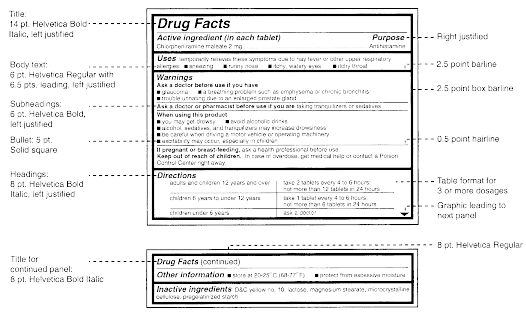
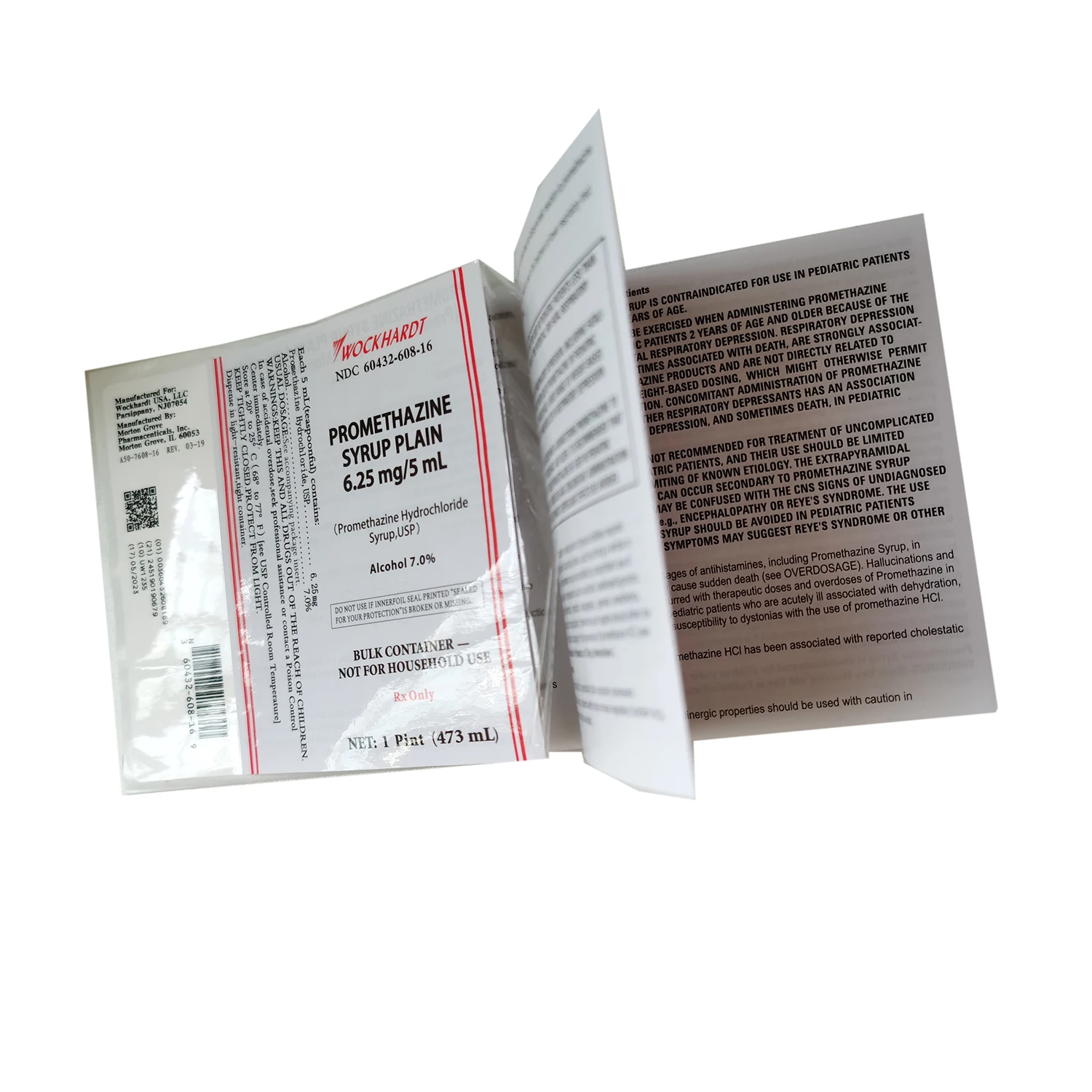
![QC Inspector Job Description [w/ employer samples]](https://d341ezm4iqaae0.cloudfront.net/assets/2020/07/22180651/Quality_Control_Inspector02.png)






:max_bytes(150000):strip_icc()/understanding-prescription-abbreviations-189318_final-9b52327e7f234e52af546c45d0218f2c.jpg)
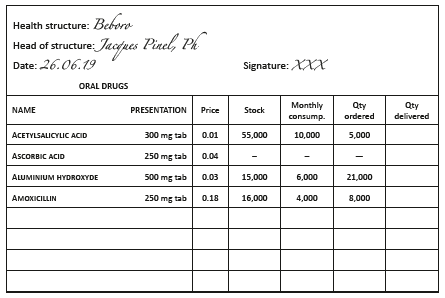





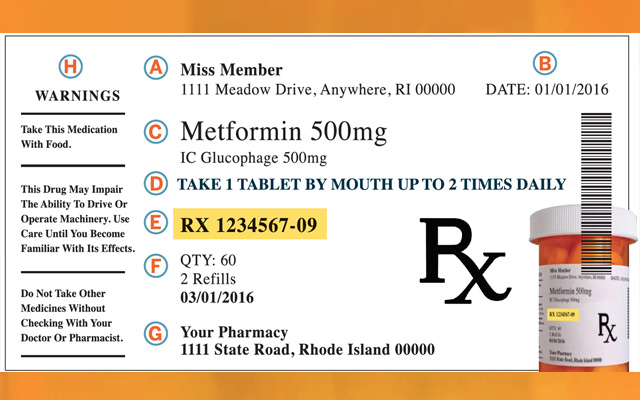







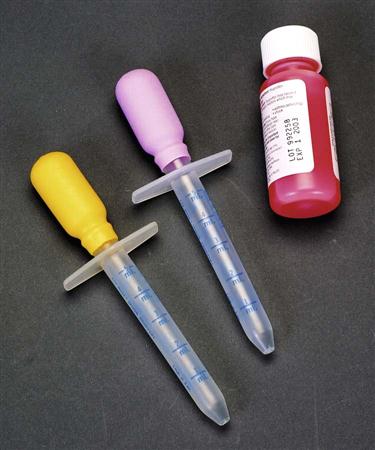


:max_bytes(150000):strip_icc()/GettyImages-523437372-87574949a8d94a14ac8756588ce3288d.jpg)


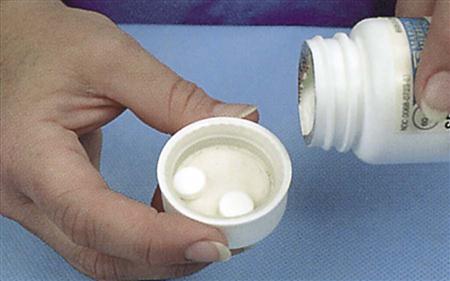




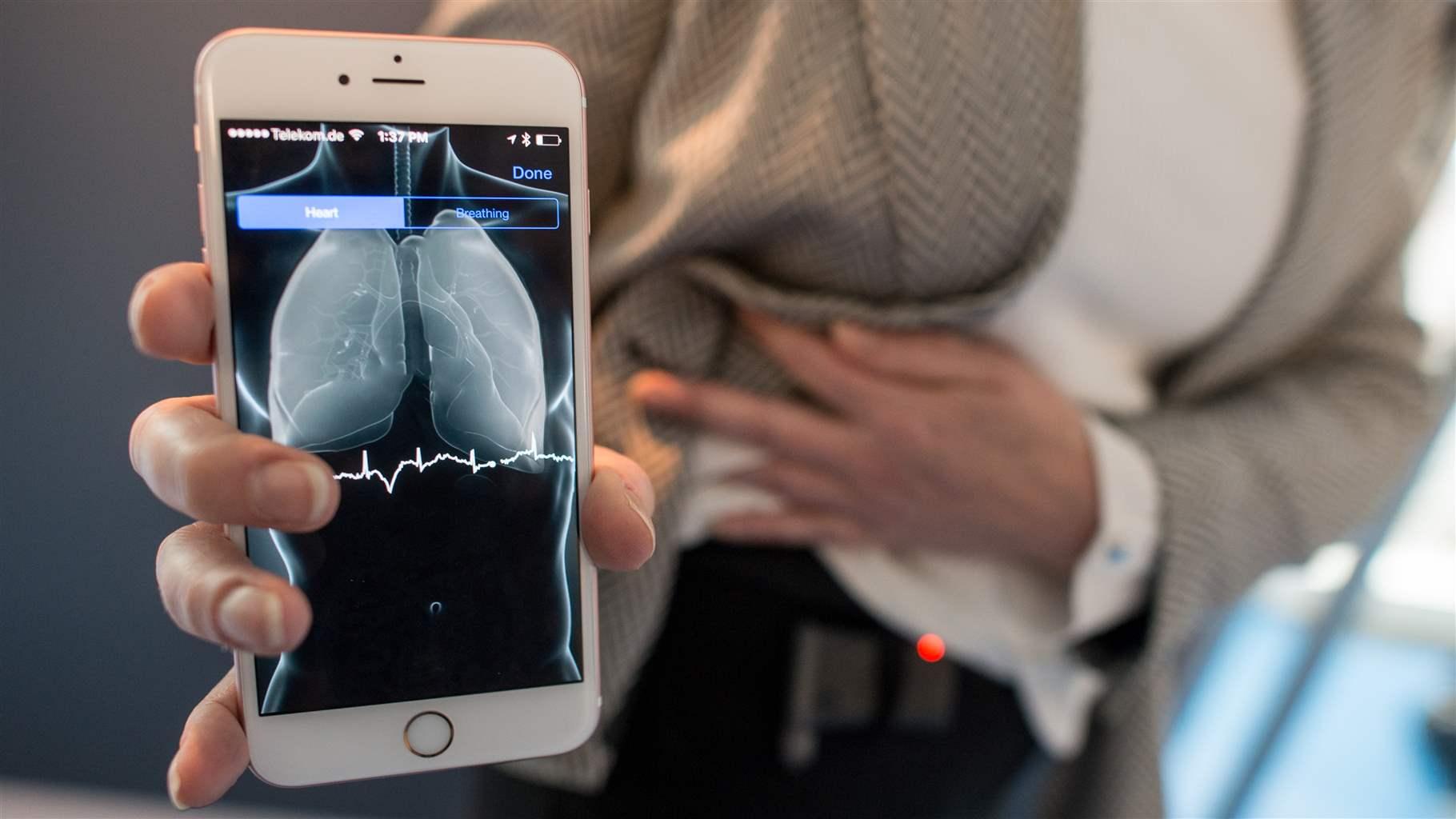



Post a Comment for "43 when should the medical assistant check the drug label"